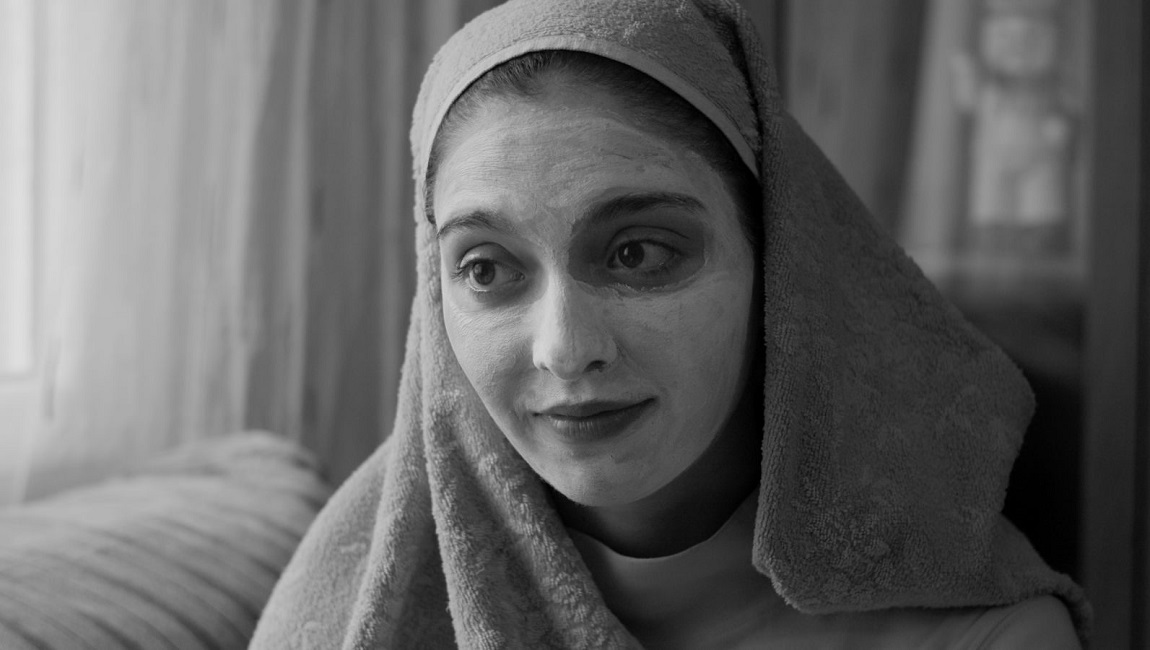Sator is a distinctive, genuinely novel and unsettling contribution to the horror genre.
Made almost entirely by one person — writer/director/producer Jordan Graham also built his own sets, recorded the sound, and acted as his own editor and cinematographer — Sator feels markedly different from a lot of recent horror. This is not only because of its unique provenance and unconventional production methods — according to Variety, it took Graham six years to complete — but also because it subtly destabilizes the codified formal norms that have rendered so many recent genre films overly familiar. There’s no neon lighting here or nods to Kubrick or Carpenter. Graham’s nightmare storytelling has its own internal logic, a strange ebb and flow that’s almost hypnotic, like a trance. As A.V. Club critic Katie Rife details in her review of the film, Graham was in the midst of filming an entirely different movie when his grandmother, who was on set to shoot a cameo appearance, wound up telling him stories about her own supernatural encounters. Graham scrapped his original project and refashioned a new film around his grandmother’s tales, then cast her to play a fictionalized version of herself in the newly christened Sator.
Here, Adam (Gabe Nicholson) lives alone with his dog in the middle of a dense, isolated forest (the film was shot in Northern California). He goes about his day hiking and taking potshots at empty bottles, and every evening he retires to a creaky, almost barren old cabin to listen to deeply unnerving audio recordings of his Nani (Graham’s grandmother June Peterson) speaking about someone, or something, called Sator, who lives in the woods and visits her. Adam also frequently checks strategically positioned cameras placed in the woods, although it becomes quickly clear that he isn’t looking for deer. Adam is occasionally visited by his brother Pete (Michael Daniel), and they discuss some kind of cataclysmic event from the past that has ruptured the family. Graham intersperses old black & white video footage of Adam and Pete visiting Nani and their sister Evie (Rachel Johnson), although it’s not immediately clear how far in the past this footage takes place. Nani further discusses her history with Sator, describing how she would perform automatic writing exercises and then showing them the reams of notebooks full of her arcane scribbling. There are also bits of even older footage, which have the appearance of grainy 8 or 16mm film, the kind people used before bulky camcorders became ubiquitous. The siblings’ mother appears in these additional home movies, clearly obsessed with the idea of Sator, locked away making recordings of her own.
Slowly, Graham reveals the connection between Nani, the siblings’ deceased grandfather, and their mysteriously absent mother. There are some feints here as to whether Sator reflects an actual supernatural phenomenon or is instead emblematic of a familial history of mental illness, but to Graham’s credit, he doesn’t play coy with the film’s ending. More importantly, there’s an authentic, lived-in quality to the atmosphere here; Graham carves up the darkness with harsh, high-contrast lighting, creating an almost sculptural sense of space. There’s a somnambulant tone to David’s waking hours, with purposeful repetitions that lull the viewer until something finally reaches out from the dark and won’t let go. It’s a genuinely unsettling film, and like the recent The Empty Man, one that seems entirely disinterested in chasing modern horror trends. Graham has created something legitimately special here, a tale of generational despair and familial haunting that dispenses with belabored symbolism and instead crawls right into your subconscious.
Published as part of Before We Vanish | February 2021.







